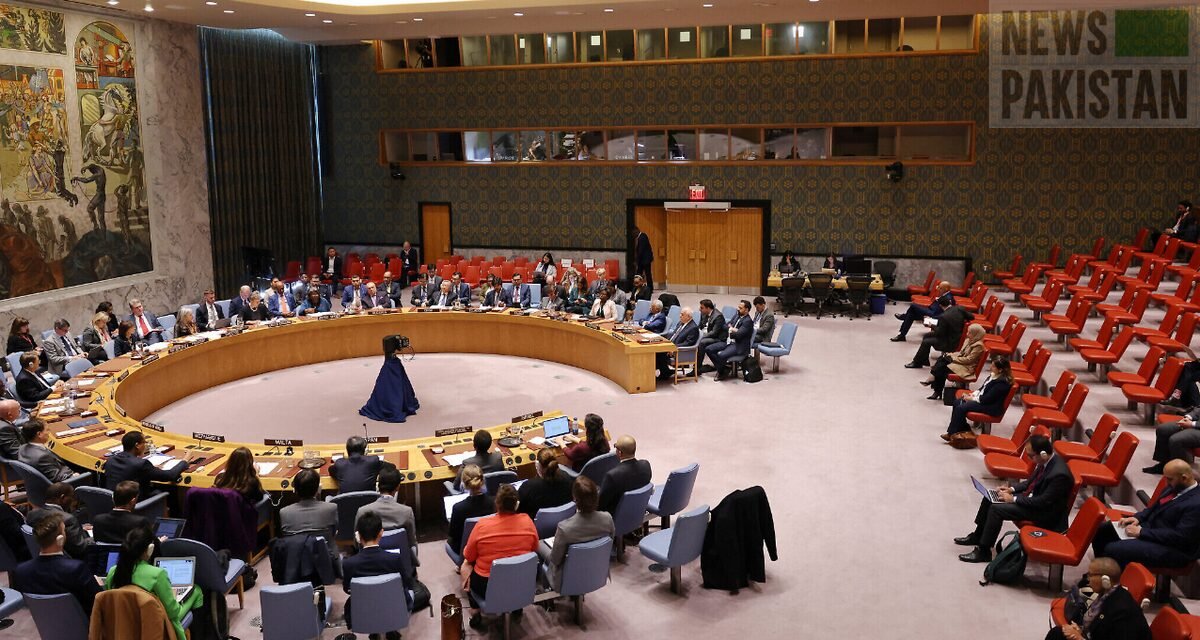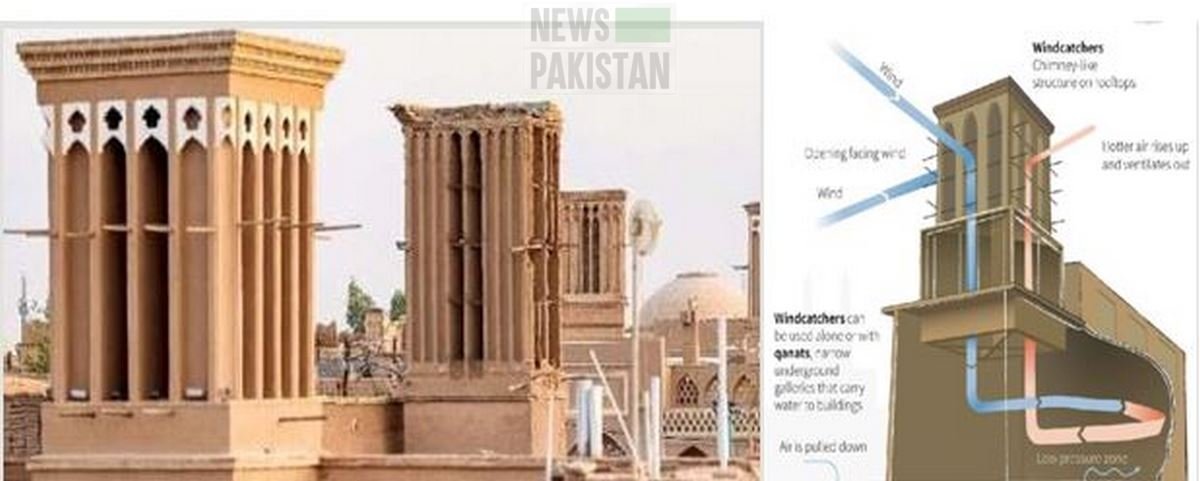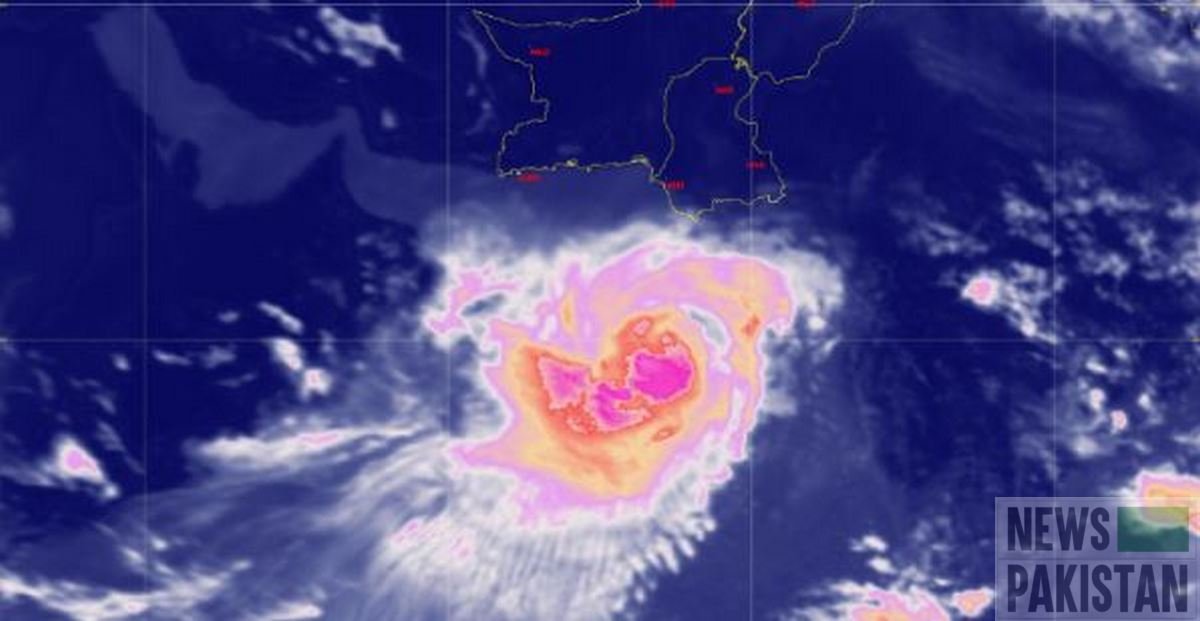YAZD: Tall, chimney-like towers rise from centuries-old adobe houses in Iran’s desert city of Yazd, drawing in a pleasant breeze for residents of one of the hottest cities on earth.
The wind catchers called badgirs in Persian, are just one of the engineering marvels inhabitants have developed in this ancient city in central Iran – where temperatures reach well over 40 degrees Celsius (104 Fahrenheit) in the summer.
And, unlike energy-guzzling air-conditioners, they’re cost and carbon-free.
“For centuries, before we had electricity, they made it possible to cool dwellings,” said Abdolmajid Shakeri, the provincial deputy of Iran’s cultural heritage and tourism ministry.
The oldest of the city’s 700 wind catchers dates back to the 14th century, but the architectural feature is believed to date back as far as 2,500 years when the Persian Empire ruled over much of the Middle East.
“The badgirs played a key role in the city’s prosperity,” said Shakeri about the desert city that was a caravan stop on the ancient Silk Road.
“Thanks to them, people lived at ease,” he added, describing how the wind catchers pull fresh air into buildings and allow hot air to ventilate out through large vertical slots.
Majid Oloumi, the head of Dowlatabad garden, home to a towering 33-meter (100 foot) wind catcher – one of the tallest in the world – described the cooling method as “totally clean because it uses neither electricity nor polluting materials”.
UNESCO listed Yazd as a World Heritage Site in 2017, describing the city as a “living testimony to intelligent use of limited available resources in the desert for survival”.
AFP/APP
Newspakistan.tv











